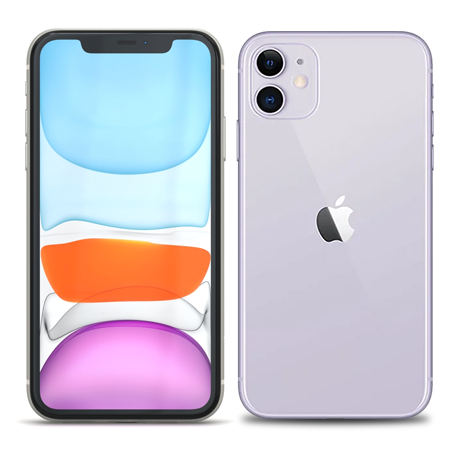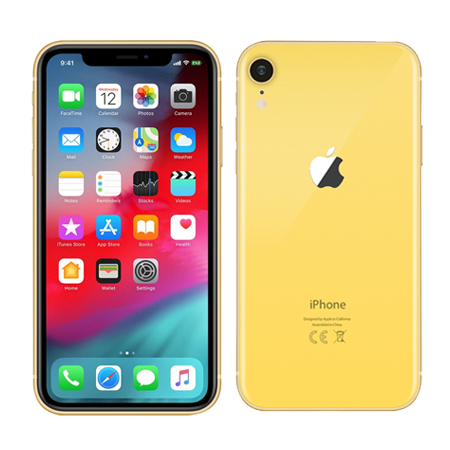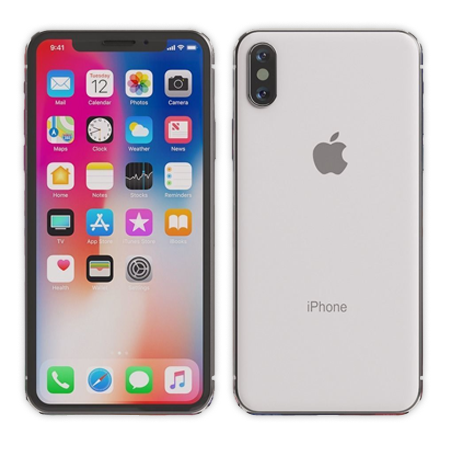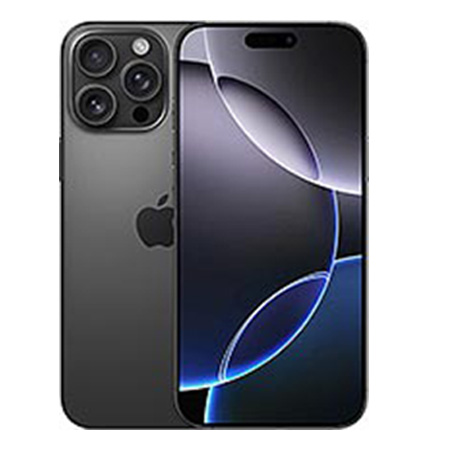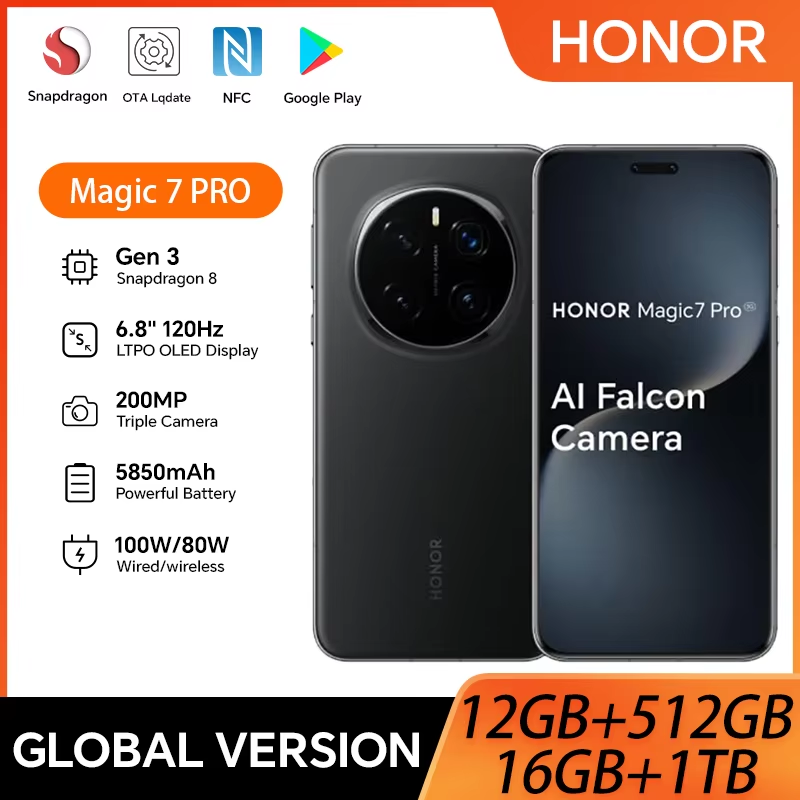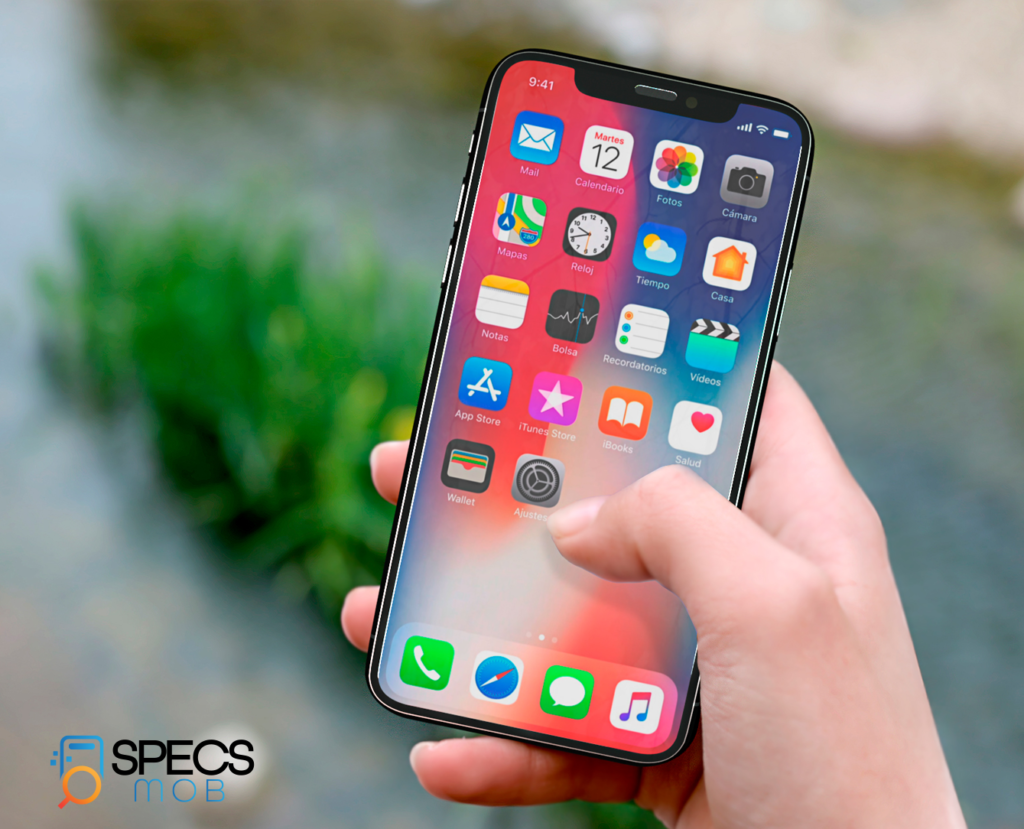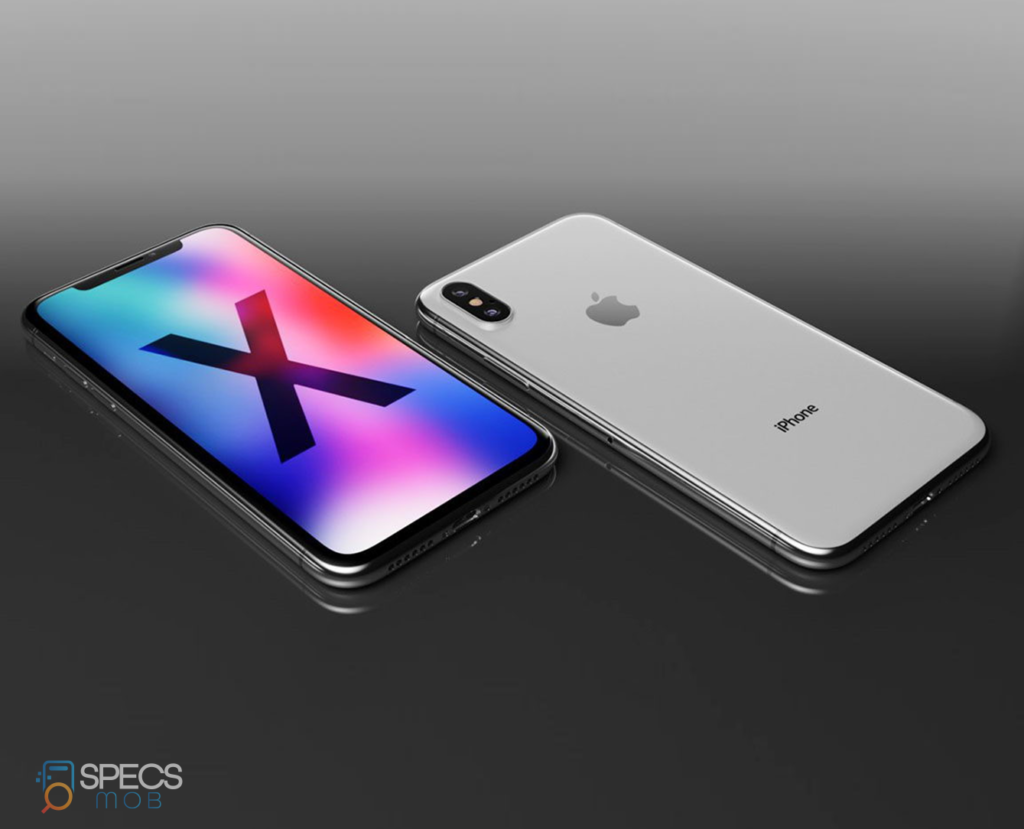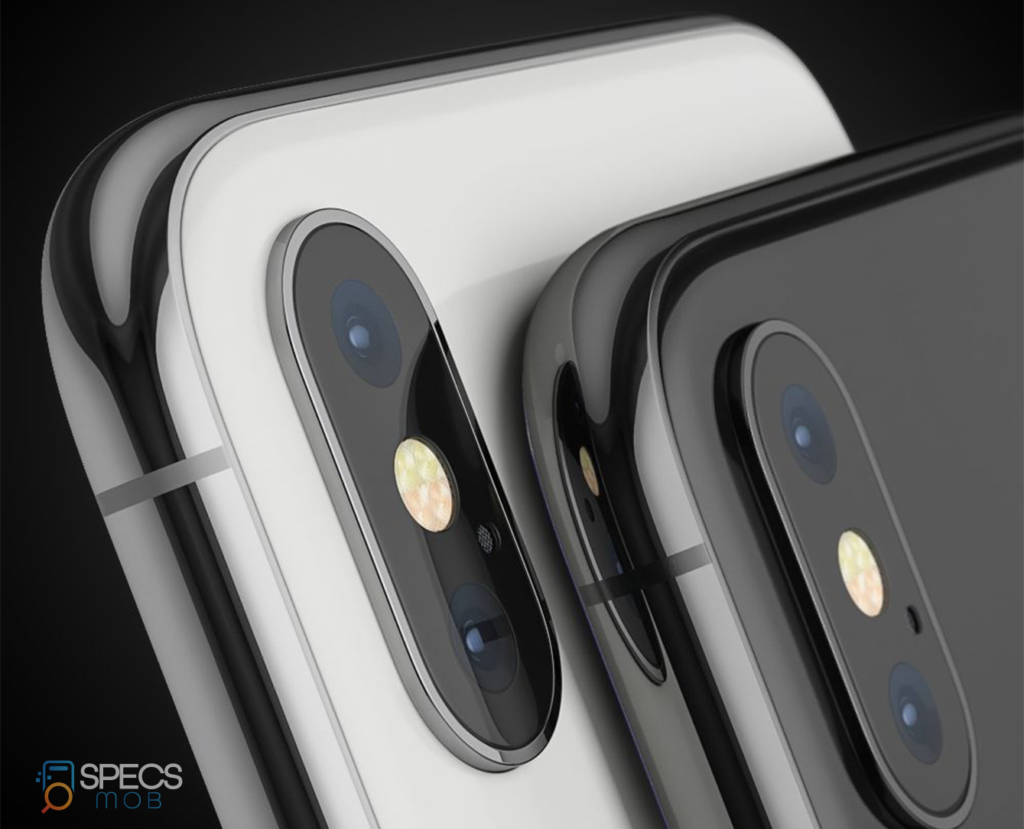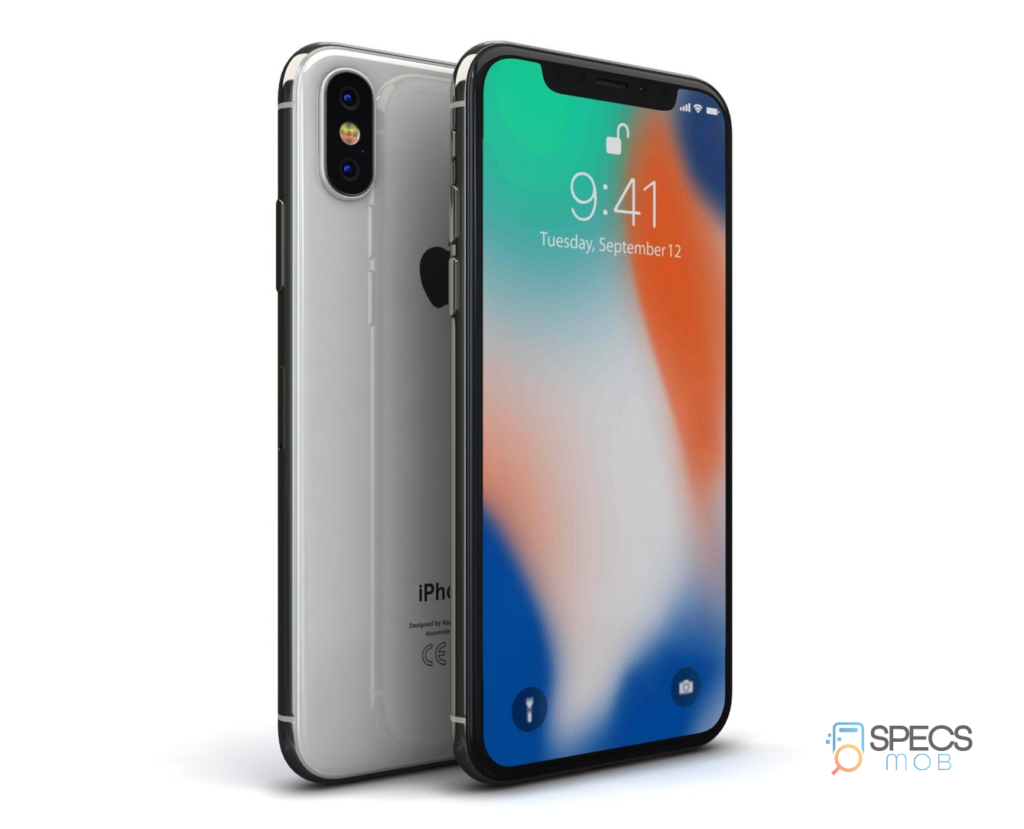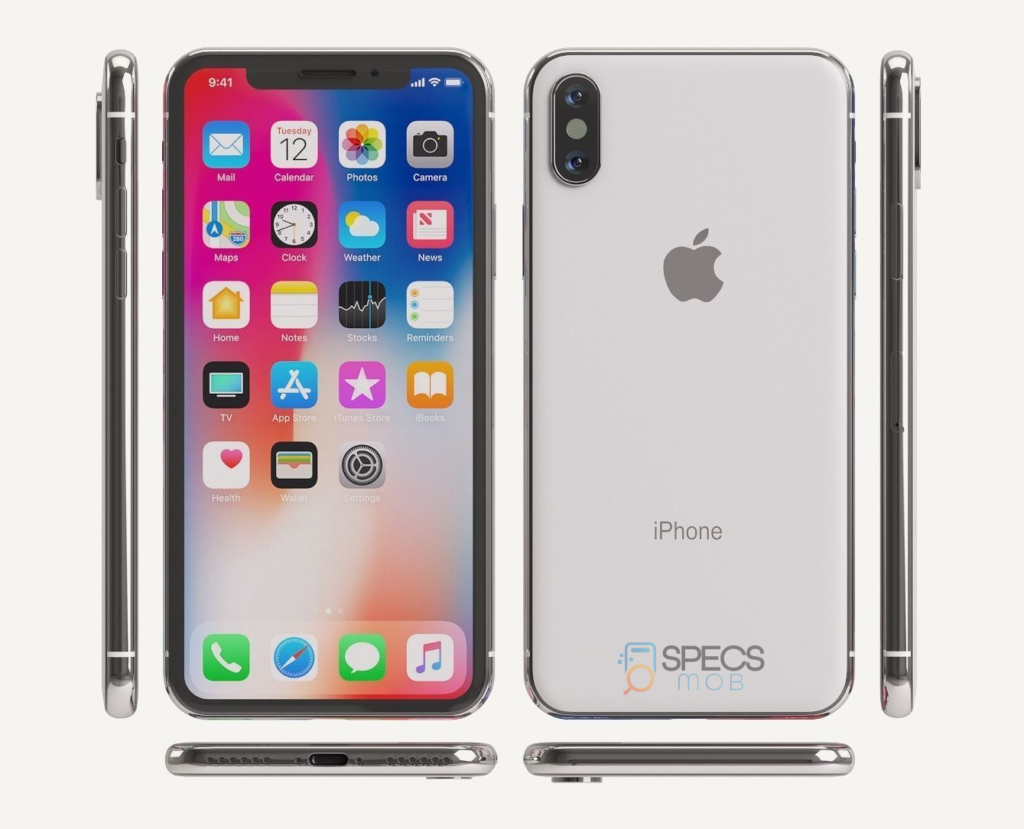Introduction
The smoothly functioning Apple marketing engine has returned to full swing in September. The iPhone 11 lineup was revealed at Apple’s iPhone event this autumn. Consequently, the iPhone XR has been phased out, substituted by the iPhone 11, the iPhone XS has been discontinued, and the iPhone 11 Pro has been introduced.
Similar to previous S generations, the iPhone XS series brought forth a new Bionic chip featuring a notable speed enhancement. Apple is prioritizing the camera with the iPhone 11 Pro series, which signifies the true meaning of the Pro label.
The highly efficient Apple marketing machine is operating at full capacity again in. If there was any doubt, the iPhone XS and iPhone XS Max were succeeded by the iPhone 11 Pro and 11 Pro Max. They share the same size, design, and display, but incorporate a new Apple U1 wideband chip, larger batteries, enhanced performance, and some notable camera modifications. Don’t be misled by the similar looks; there is a lot to explore.
Indeed, the front of the iPhone 11 Pro shows that the design has not changed. Nevertheless, the rear glass now features the frosted finish that we’ve appreciated since the OnePlus 6, along with a brand-new triple-camera setup on the back.The eleventh iPhone is now capable of enduring immersion in water up to four meters deep due to several advancements in water resistance.
The upgraded A12 Bionic chip from last year has been replaced by the new A13 Bionic chip. While it is largely derived from the A12 architecture, it also includes extra capabilities, such as a revised ISP and DSP.
However, the triple camera is a completely new component. There is now an ultrawide lens in addition to the wide and telephoto lenses. The iPhones finally include Night Mode, and the fantastic extended dynamic range is also incorporated into 4K 60fps recording. The capacity to utilize all four cameras (including the front-facing camera) at the same time may be the most extraordinary feature, highlighting the potential of Apple’s technology. @ 60 fps in 4K without any limitations. Just consider that!
Moreover, the highly anticipated update to the front camera has finally been released; it is currently a 12MP camera capable of capturing in all resolutions and frame rates, similar to the rear cameras. The front camera also supports slow-motion features, referred to as slofies, but it remains uncertain if these will ever be put into practice.
Furthermore, Apple has added a new Apple U1 wideband chip; however, iOS has not yet fully integrated its functionality.
In conclusion, the iPhone 11 Pro Max features a 25% boost in battery capacity compared to the XS Max, whereas the iPhone 11 Pro now possesses a 20% larger battery than the XS.
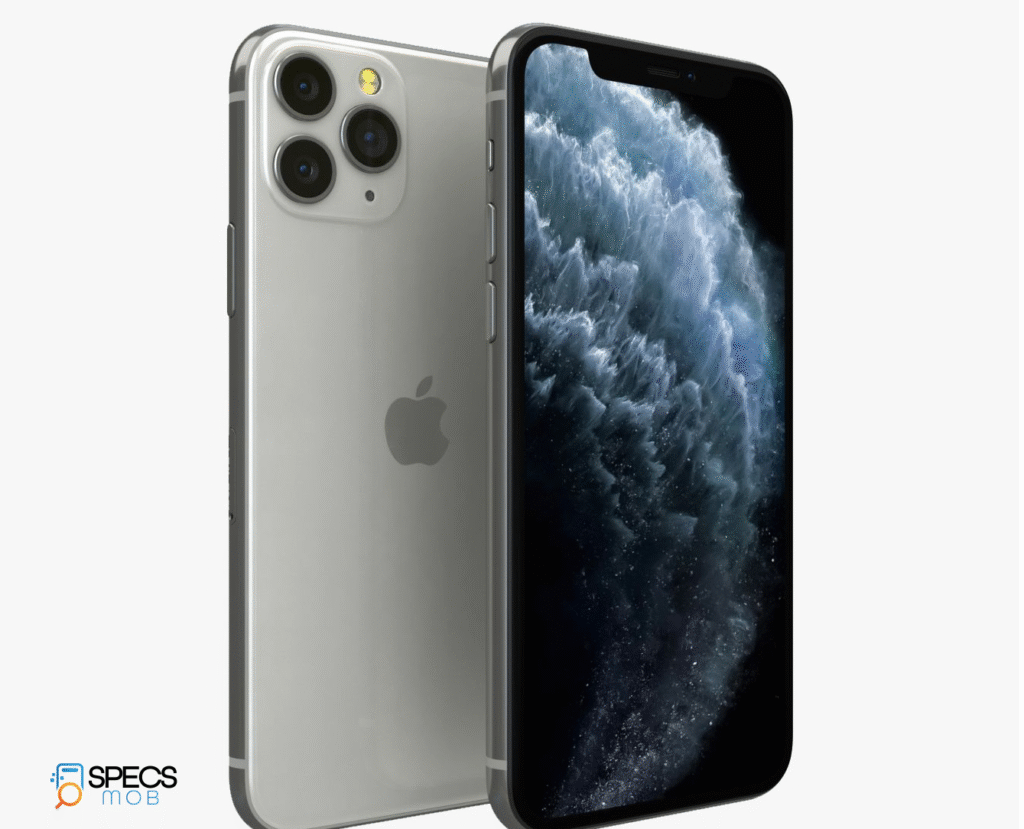
Specifications of the Apple iPhone 11 Pro and Pro Max
- Body: IP68 rated for dust and water resistance, stainless steel chassis, oleophobic-coated Gorilla Glass front, and a frosted Gorilla Glass back. Color options consist of Space Gray, Gold, Silver, and Midnight Green.
- Screen (Pro): 5. 8″ OLED display featuring 800 nits, 458 ppi, 120 Hz touch responsiveness, and a resolution of 1125 x 2436 px. Wide color gamut and support for HDR videos. A six-channel ambient light sensor is employed to adjust the tone.
- Screen (Pro Max): 6. 5″ OLED display with 800 nits, 458 ppi, 1242 x 2688 pixels, and 120 Hz touch responsiveness. Wide color gamut and support for HDR videos. A six-channel ambient light sensor is utilized to adjust the tone.
- Operating system: iOS 13
- Chipset: Hexa-core (2×2. 66 GHz Lightning + 4×1. 8 GHz Thunder) Apple A13 Bionic chip (7nm+) Three-generation Apple CPU, four-core Apple GPU, and eight-core Apple NPU
- 4GB of random-access memory and 64, 256, or 512GB of internal storage
- Triple 12MP camera: 13mm ultra wide-angle, F/2. 4, 120° FOV; 52mm telephoto, F/2. 0, OIS, 2x zoom; quad-LED flash with slow sync; 26mm main wide-angle, F/1. 8, OIS, Dual Pixel AF
- Video recording: OIS + EIS, 1080p@30/60/120/240 fps, 2160p@60/30 fps, featuring a greater dynamic range and spatial sound
- Selfie: EIS, depth detection for portrait mode, and a 23mm 12MP F/2. 2 front-facing camera with HDR mode and 3D TOF camera; 2160p@60/30 fps and 1080p@30/60/120 fps video recording featuring a greater dynamic range and spatial sound
- Connectivity features comprise Bluetooth 5. 0, a lightning connection, Wi-Fi a/b/g/n/ac/ax, dual SIM, and 4G LTE (1 Gbps); GPS with QZSS, GLONASS, GALILEO, and A-GPS; NFC; Apple U1 ultrawideband chip.
- Battery (Pro): Qi wireless charging, 18W fast charging, 3,046 mAh.
- 3,969 mAh battery with 18W fast charging and Qi wireless charging (Pro Max).
- Miscellaneous: Taptic Engine, dual speakers, and a specialized TrueDepth camera for Face ID.
Apple’s 3D Touch period concluded with the arrival of the iPhone 11 Pro devices, and the Taptic Engine has taken its place. We cannot fault Apple for phasing out the 3D Touch technology, as it once held great promise but ultimately became a shortcoming of Apple itself, with innovation turning it into more of a hindrance. We would argue that it’s a mutually beneficial situation since it also created room for something more substantial, like a larger battery.
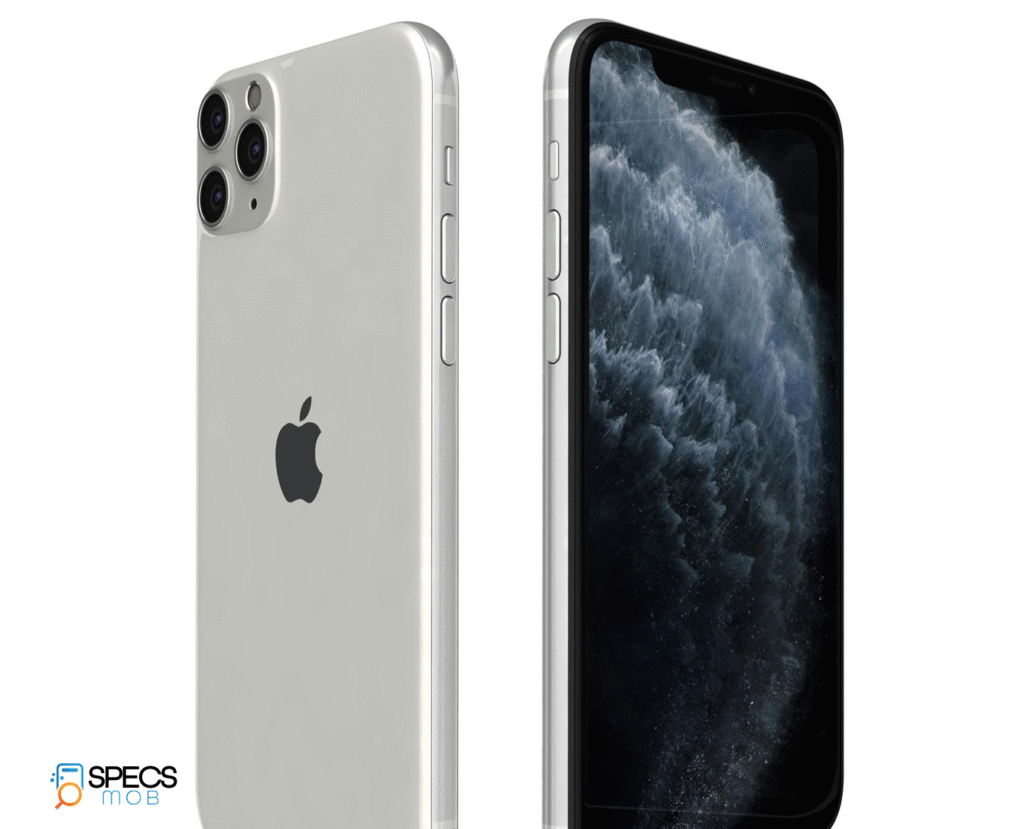
At the time this review was composed, an update to iOS 13. 1 had been released, and we had implemented it on all three iPhones. The iPhone 11 trio first launched operating on iOS 13. Among other features, it presents several new options that utilize the U1 chip.
A 5W charger, a USB cable, and a set of Apple headphones were part of the retail package for the original iPhone, which was launched in 2007 in an elegant black box. Additionally, while Apple did change the connector type and the shape of the pods, the components had not undergone major updates for more than 11 years. Now, this has changed.
The iPhone 11 Pro and 11 Pro Max are certainly the initial models to take advantage of Apple’s first-ever addition of an 18W fast charger in an iPhone retail package. The charger features 5V/3A and 9V/2A outputs along with an 18W rating. The Pro versions are the pioneering iPhones that come equipped with USB-C to Lightning cables due to the inclusion of a USB-C port on the top.
The famous EarPods, which come with a Lightning connector, are the last accessory found in the packaging of the iPhone 11 Pro and 11 Pro Max.
The 3.5mm adapter has not been part of the iPhone package since the iPhone XS series, and it continues to be missing from the iPhone 11 boxes.
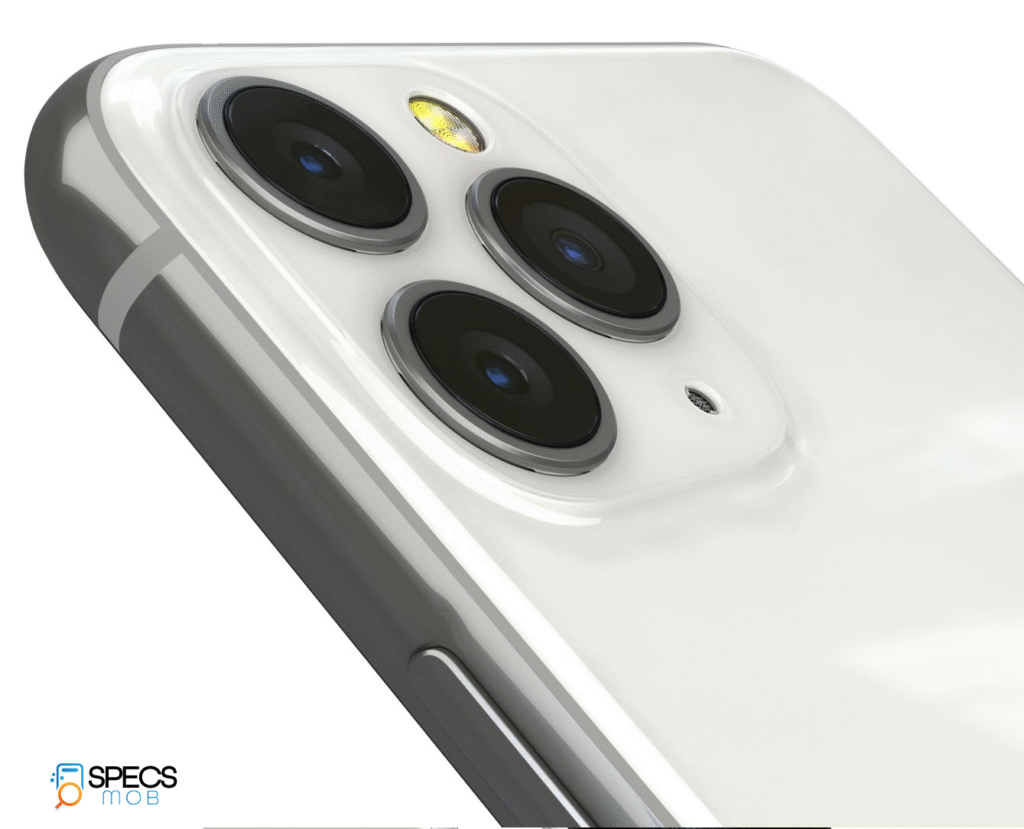
Design
While making small yet noteworthy changes, the iPhone 11 Pro and 11 Pro Max keep the familiar design of their predecessors. Both versions feature slim bezels and the familiar notch that houses the 12MP selfie camera, 3D TOF sensor, and earpiece on their 5. 8-inch and 6. 5-inch OLED displays, respectively. The displays are protected by Corning’s “toughest glass,” which has surpassed previous models in drop tests. Although it is shiny and susceptible to fingerprints, the stainless-steel frame, available in coordinating colors like Midnight Green and Space Gray, adds to the premium feel.
The most prominent change is the first frosted matte glass back on the iPhone, which improves grip and reduces fingerprints. A completely new triple-camera setup with a 12MP wide, 12MP telephoto (both equipped with OIS), and a 12MP ultra-wide lens is also presented on the back. The glossy glass encircling the lenses provides a slight highlight, and the camera protrusion is less extensive than expected. When the iPhone text is removed, only the Apple logo is left.
The 11 Pro has a weight of 188g, which is 11g heavier than the XS, while the 11 Pro Max comes in at 226g, which is 18g more than the XS Max. Both models are slightly thicker and heavier compared to their previous versions. This added weight allows for larger batteries; the capacities of the 11 Pro and 11 Pro Max rise by 20% and 25%, respectively. Additionally, water resistance has been improved with an IP68 rating that allows for submersion up to 4 meters for 30 minutes.
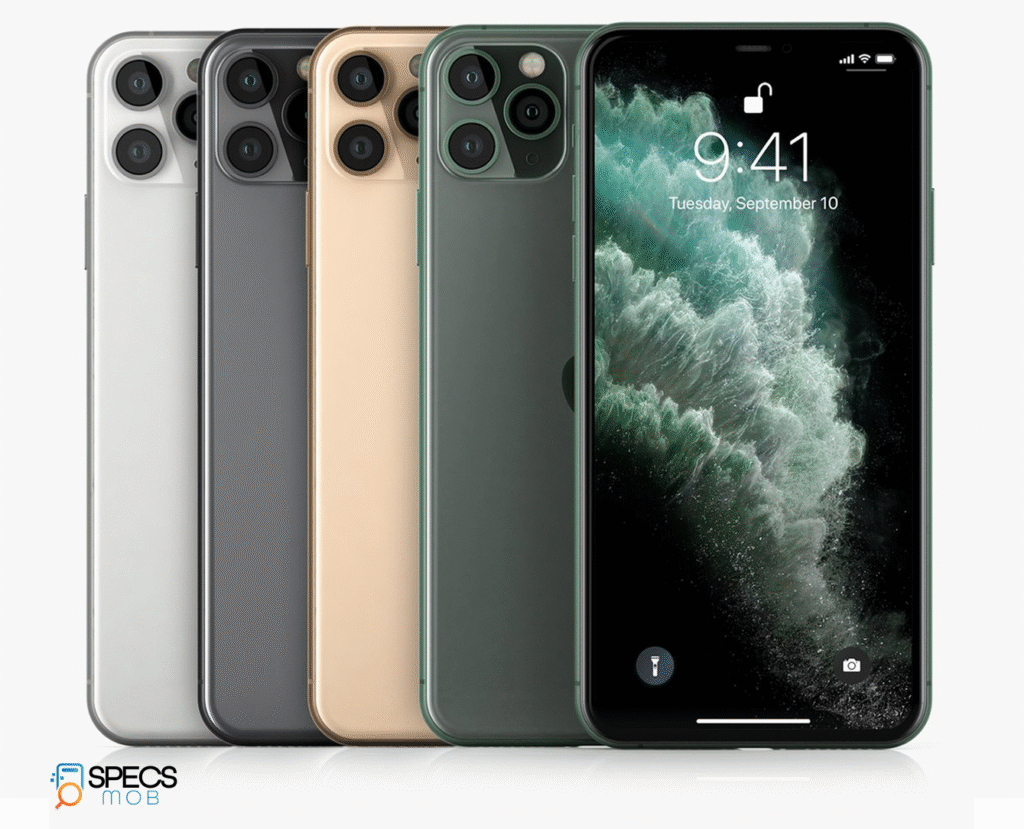
Although the switch to USB-C is approaching, the Lightning port continues to exist. One-handed operation is made more stable by the textured back, enhancing grip, especially on the smaller 11 Pro. Even though it remains large, the Max variant is still most effective with two hands and gains from the enhanced finish.
With major enhancements such as the frosted back, better durability, and updated cameras, the iPhone 11 Pro series delivers a novel yet recognizable experience while maintaining the classic iPhone aesthetic.
Display
With their XDR (eXtreme Dynamic Range) OLED screens, the iPhone 11 Pro and Pro Max offer significant improvements compared to previous models. These displays rank among the brightest and most vibrant available, featuring a contrast ratio of 2,000,000:1 and a peak brightness of 1200 nits (811 nits in manual mode). They ensure exceptional HDR performance by accommodating Dolby Vision and HDR10. With True Tone for accurate white balance and 120Hz touch input for seamless responsiveness, the 5. 8-inch and 6. 5-inch displays maintain a resolution of 458ppi. With an average DeltaE of 1. 6 (Pro) and 2. 4 (Pro Max) against sRGB and DCI-P3 standards, color precision is outstanding. These advancements grant the XDR panels remarkable brightness, contrast, and color precision, establishing them as a standout feature.
Battery Life
With a 3,969mAh capacity, the iPhone 11 Pro Max features Apple’s largest battery to date, which is 25% larger than the XS Max. An 18W fast charger comes with both Pro models, capable of recharging 50–58% in 30 minutes and requiring about two hours to reach a full charge. While reverse wireless charging was reportedly disabled due to overheating issues, they do support 10W wireless charging. Offering 21 hours of 3G conversations, 15 hours of web browsing, and 19. 5 hours of video playback, the Pro Max sets a new record for endurance, surpassing 100 hours in battery tests. Although the iPhone 11 Pro performs well in online and video assessments, its call and standby performance is average. Battery-aging enhancements are included in both models; however, disabling them might speed up charging at the cost of faster battery degradation.
Performance
The iPhone 11 Pro and Pro Max are powered by the Apple A13 Bionic chip, which consists of 8. 5 billion transistors and is built on a 7nm+ technology. It features an 8-core Neural Engine designed for sophisticated tasks such as Deep Fusion and Night Mode, along with a 4-core GPU (20% faster, 40% more efficient) and a hexa-core CPU (2×2. 65 GHz Lightning + 4×1. 8 GHz Thunder cores). Benchmarks confirm the A13’s superiority, showing 15% quicker single-core and 20% improved multi-core performance compared to the A12. In offscreen evaluations like Manhattan and Car Chase, the GPU demonstrates top performance as well. The A13 surpasses Android competitors and establishes a high benchmark until the arrival of the A14, thanks to its 4GB of RAM, improved thermal management using graphene layers, and consistent performance with minimal throttling. It remains the fastest chip in any smartphone.
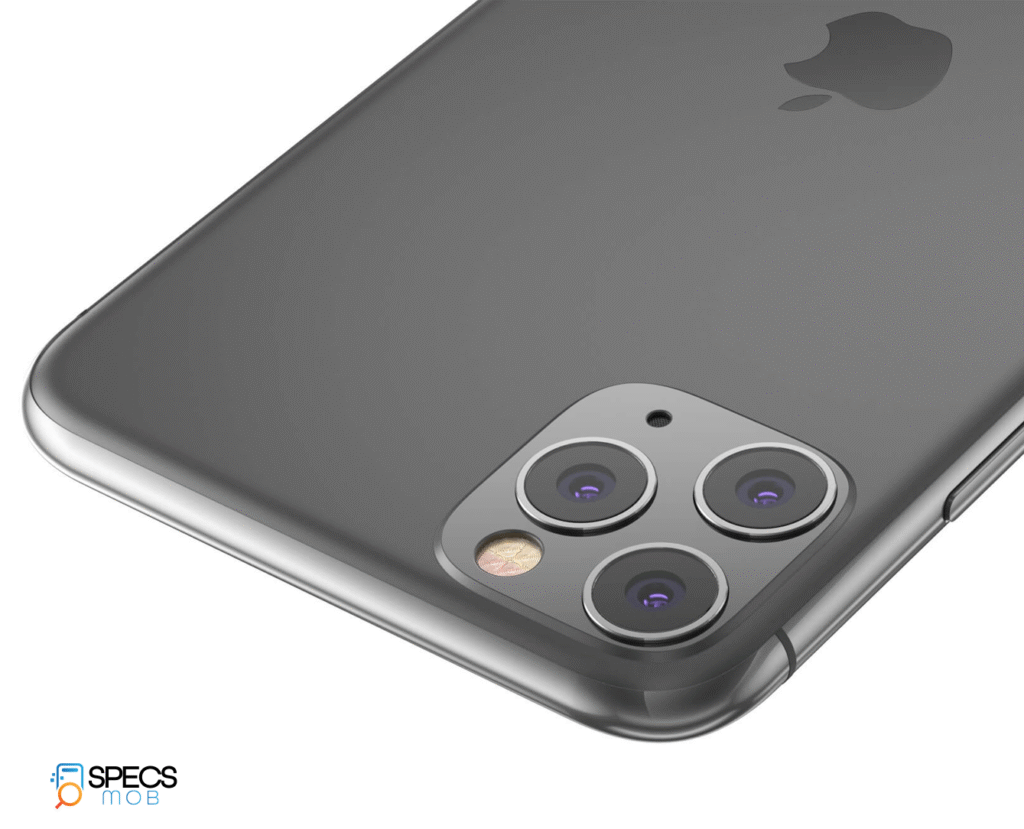
Summary
Featuring a triple-camera arrangement (wide, telephoto, and ultra-wide), a frosted matte glass back for enhanced grip, and the powerful A13 Bionic chip, the iPhone 11 Pro and Pro Max provide significant advancements compared to their earlier versions. Both devices include True Tone for precise color reproduction, HDR10/Dolby Vision support, and XDR OLED displays with a peak brightness of 1200 nits. Thanks to its record-setting endurance rating and 3,969mAh battery, the Pro Max can facilitate 3G calls for as long as 21 hours. IP68 water resistance has seen enhancements (4m for 30 minutes). They support 10W wireless charging and 18W fast charging, even though they still incorporate the Lightning port. The A13 chip stands as the quickest smartphone processor available, boasting 20% improved CPU and GPU performance.



